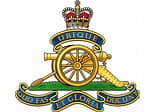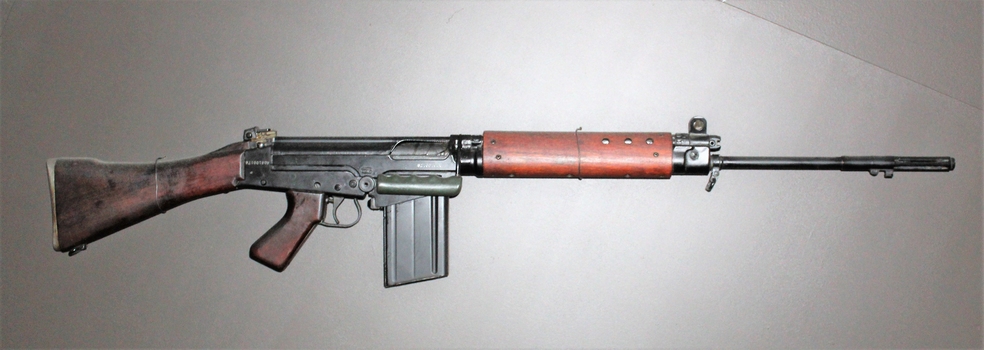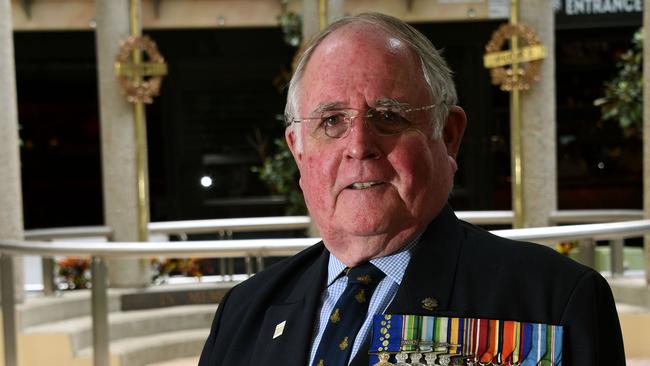The Australian government has announced the acquisition of new Switchblade 300 drones, enhancing the capabilities of the nation’s soldiers to address emerging threats. Known as “kamikaze” drones, these precision loitering munitions mark the first time the Australian Defence Force (ADF) will employ drone weaponry, as previous drones were primarily used for surveillance and intelligence.
Minister for Defence Industry Pat Conroy MP emphasized the government’s commitment to national security. “The prosperity and security of our nation will always be a top priority for the government,” he stated. “Providing our soldiers with critical capabilities to protect Australians and their interests is paramount.”
The Defence Strategic Review underscored the importance of integrating new technology and maintaining an asymmetric advantage. Mr. Conroy highlighted the urgency of keeping pace with advancing battle technology, noting the rapid introduction of these precision loitering munitions to the ADF’s arsenal. “The delivery of this proven precision loitering munition demonstrates the speed at which we are introducing capabilities to the ADF,” he said. “It shows the Australian government is committed to providing the ADF with state-of-the-art technologies needed to meet contemporary threats.”
What Does the Switchblade 300 Do?
Unlike traditional reconnaissance drones, the Switchblade 300 is designed to “loiter” over a target area before crashing into the target and exploding. These drones are portable, carried in a soldier’s backpack, and deployed by firing them into the air where their wings unfold—hence the name “switchblade.”
Loitering munitions have proven highly effective in modern warfare, as evidenced by their use by Ukrainian forces against Russian invaders. The Australian government believes these weapons will offer superior lethality and protection against potential adversaries.
The ADF already employs a variety of non-armed and armed-capable drones, some of which have been in service for over a decade. The first Switchblade drones are expected to be delivered to Australia later this year, with service introduction slated for 2025. Although specific costs were not disclosed, reports indicate that the U.S. government has paid up to $80,000 (AUD 118,885) per Switchblade 300 drone, and hundreds have already been supplied to Ukrainian forces.









